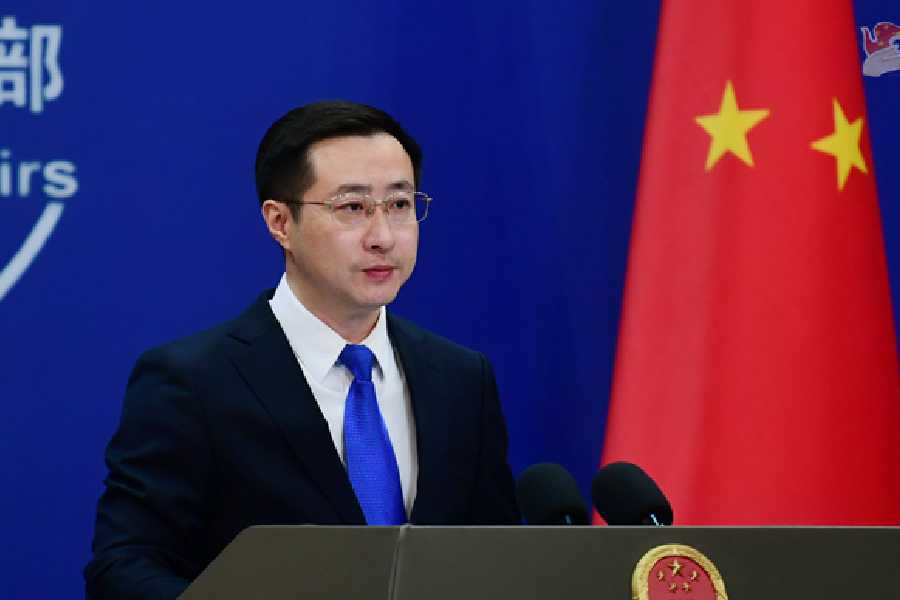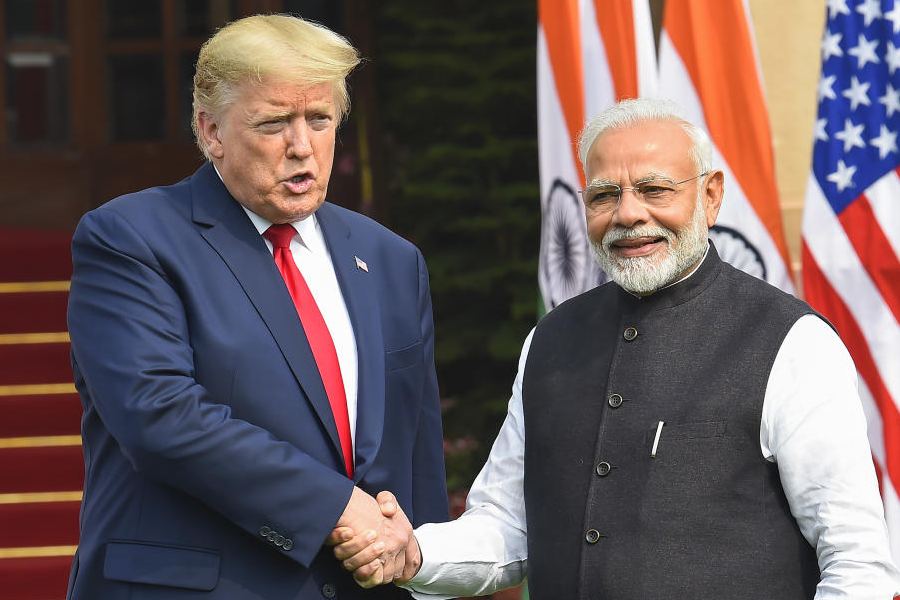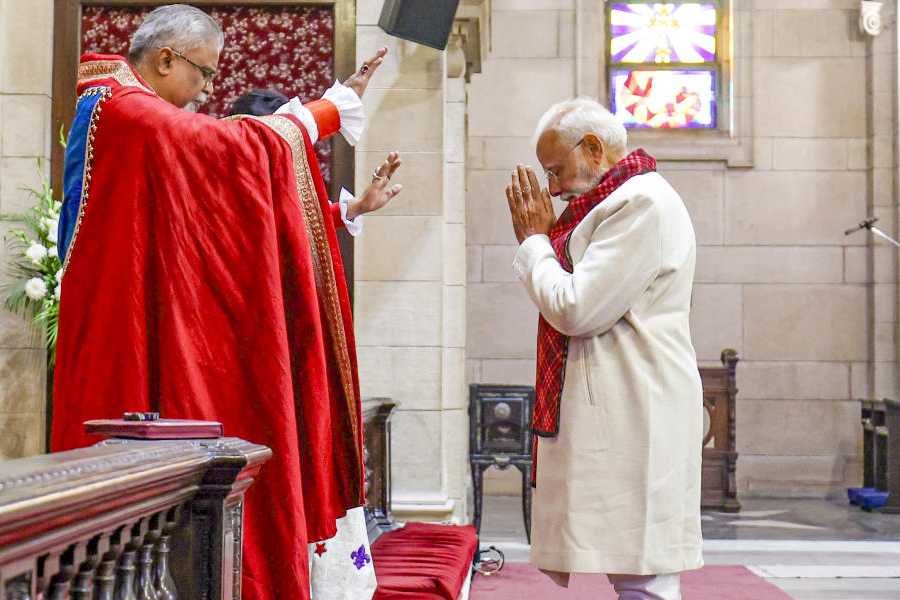What kind of place is this
|
The Country is Yours: Contemporary Nepali Literature (Penguin, Rs 250) translated and introduced by Manjushree Thapa brings together “stories and poems written in the period leading to and after the re-establishment of democracy in 1990, a period of unprecedented free expression in Nepal”. The titles of the four sections of this book, “The perplexity of living, “The right to desire”, “The imminent liberation” and “Visions”, give a fair idea of the themes of these literary pieces. By alluding to the contemporary state of affairs in the country, the pieces make pointed comments on the tumultuous political changes taking place in Nepal over the last 20 years. In the poem, “Cycle”, Bimal Nibha writes “(What kind of place is this/ not unknown to me, my own village/ where in the bright light of midday/ a whole life has vanished/ Do you know where I might find it?)” Thapa’s translation sensitively captures the spirit of a nation on the brink of transformation.
|
Tiya: A Parrot’s Journey Home (HarperCollins, Rs 150) by Samarpan comes with a Foreword by Upamanyu Chatterjee where he recommends the work of his friend, who is a monk, in glowing terms. This fable, exemplifying concepts of Vedantic and Yogic philosophy, is simply told and beautifully illustrated. Hearing an unknown voice calling him, the perky Tiya leaves behind his home in the banyan tree to embark on a journey that will teach him the meaning of existence. This book, which Chatterjee says, “wears its learning lightly”, should delight and educate young and old alike.
Ashoka: The Great and Compassionate King (Puffin, Rs 150) by Subhadra Sen Gupta belongs to the Puffin Lives series, which also features Jawaharlal Nehru and Rani Lakshmibai. Sen Gupta narrates the history of this great king of India in a way that makes it sound more like a tale than a dry retelling of facts. There is a chapter on James Prinsep of the East India Company, who deciphered the Ashokan edicts and thus brought to light the story of “Raja Devanam Piyadasi” — the “beloved of the gods and handsome in looks”. Alongside the facts of Ashoka’s life, Sen Gupta presents interesting trivia about, say, the position of women in Ashoka’s India, the festivals or the food habits of that time. Sen Gupta thus makes history come alive. Children would love this book.













